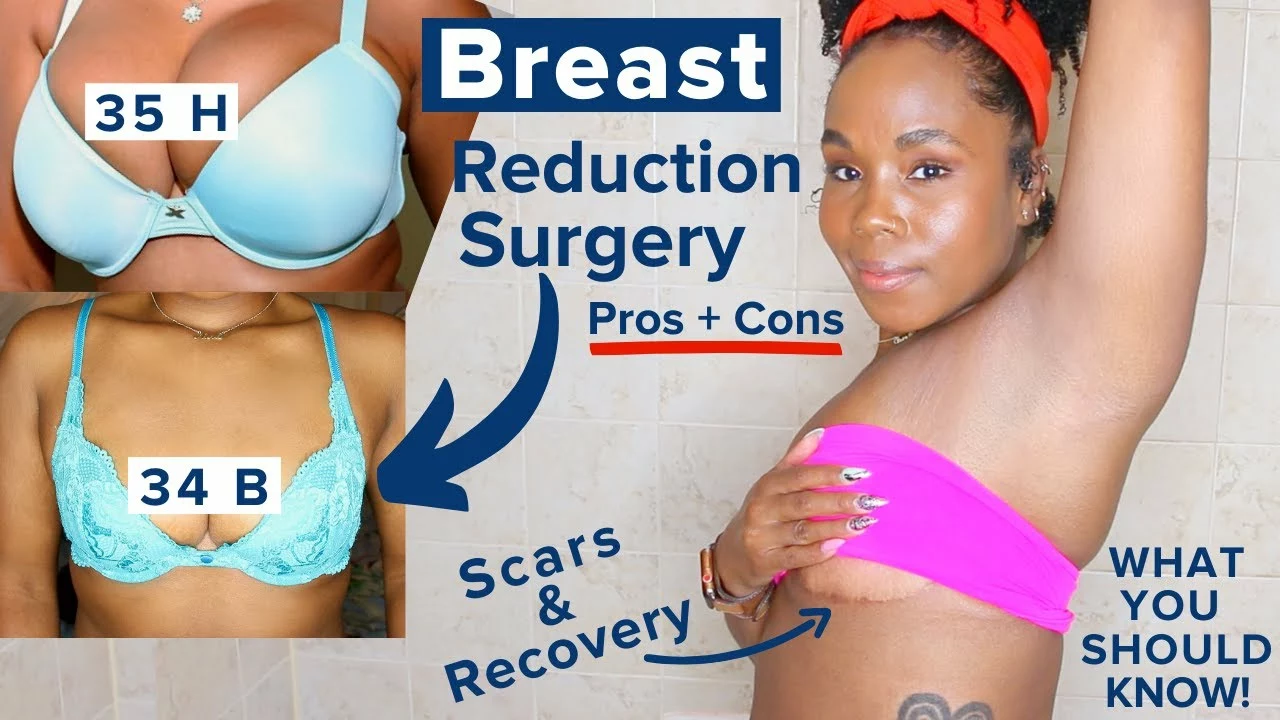Understanding Scars and Their Formation
Scars are a natural part of the body's healing process. Whenever our bodies sustain an injury or undergo a surgical procedure, the body works to repair the damaged tissue by forming a scar. Scars are basically the body's version of a patch, which is made up of a fibrous tissue that replaces normal skin following an injury. It's important to note that the appearance and treatment of a scar can greatly vary depending on multiple factors including the size, location, and depth of the wound, the person's age, and their genetic predisposition towards scarring.
Proper Wound Care: The First Step in Preventing Scars
The first and most critical step in preventing scars is to ensure proper wound care. Keeping the wound clean and free from infection is paramount. This can be achieved by regularly cleaning the wound with mild soap and water, and applying an over-the-counter antibiotic ointment. It's also vital to keep the wound covered with a sterile bandage until it has completely healed, as this helps to protect it from bacteria and other harmful agents.
The Role of Nutrition in Wound Healing
What we eat plays a significant role in how our bodies heal. Consuming a balanced diet rich in proteins, vitamins, and minerals can help accelerate the healing process and reduce the chance of scarring. Foods rich in Vitamin C and Zinc, in particular, are known to aid in skin repair and regeneration. It's also important to stay hydrated by drinking plenty of water throughout the day.
Importance of Moisture in Scar Prevention
Keeping the wound and the surrounding skin moisturized is another important aspect of scar prevention. Applying a moisturizing cream or ointment can help keep the skin supple and promote better healing. There are also several scar reduction creams and gels available on the market which can be used to help minimize the appearance of scars.
Protecting the Wound from Sun Exposure
The sun's harmful ultraviolet rays can darken the scar and make it more noticeable. Hence, it's crucial to protect the healing wound from sun exposure. This can be done by covering it with clothing or using a sunscreen with a high SPF.
Non-Invasive Treatments for Scar Reduction
There are several non-invasive treatments available that can help minimize the appearance of scars. These include silicone sheets and gels, pressure garments, and massage therapies. These methods work by flattening and softening the scar tissue, thereby reducing its visibility.
Invasive Treatments for Scar Reduction
For more severe or stubborn scars, there are invasive treatment options available. These include steroid injections, laser therapy, and even surgical revision. However, these methods should be considered as a last resort and only after consulting with a healthcare professional.
Role of Exercise and Physical Therapy
Engaging in regular exercise and physical therapy can also aid in scar reduction. These activities help improve blood circulation to the wound area, thereby promoting better healing. They also help in improving the flexibility and strength of the scar tissue, especially in the case of surgical scars.
Maintaining a Positive Attitude
A positive attitude and stress management can play a crucial role in the body's healing process. Stress can interfere with the body's ability to heal properly, leading to larger or more noticeable scars. Hence, it's important to stay positive and manage stress effectively during the healing process.
Consulting with a Healthcare Professional
Lastly, if you're concerned about a scar or the healing process, it's always beneficial to consult with a healthcare professional. They can provide you with personalized advice and treatment options based on your specific situation and medical history. Always remember that while scars may change our appearance, they are a sign that our body has worked hard to heal itself.


Kelvin Van der Maelen
July 26 2023Look, if you don’t follow these basic steps you’ll end up with ugly scars that will haunt you forever.